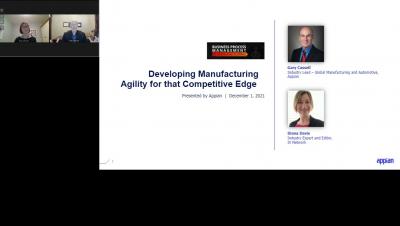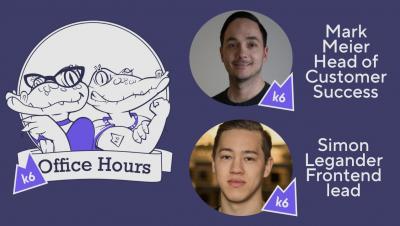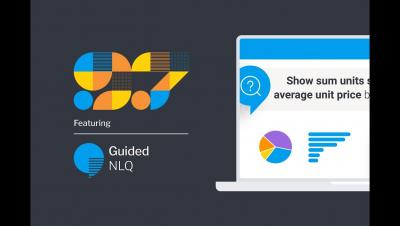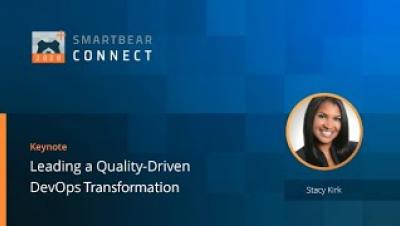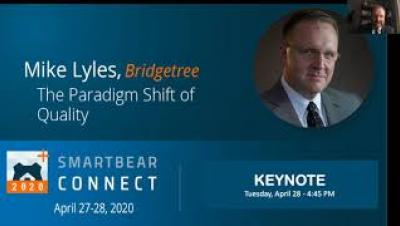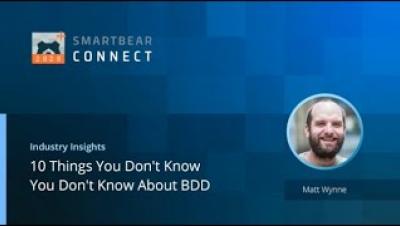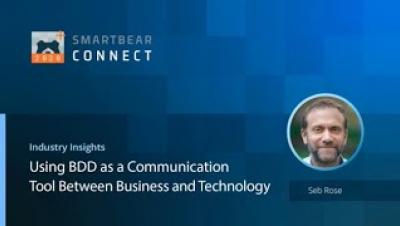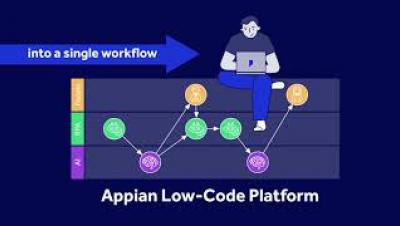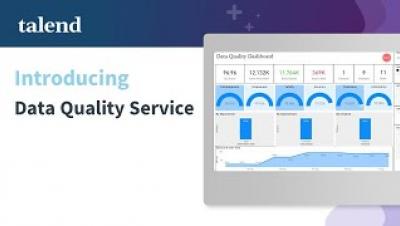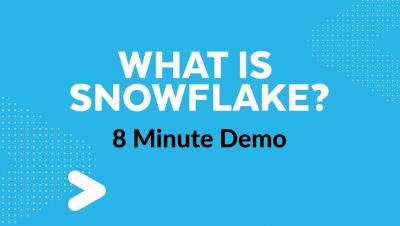Developing Manufacturing Agility for that Competitive Edge
Agility is one of the most important elements to the success of today’s manufacturing organizations. The ability to respond quickly to customer needs as market conditions change gives organizations a competitive edge while maintaining product quality and minimizing costs. Intelligent process automation is at the heart of making an organization's supply chain and operations more efficient, flexible and resilient.


